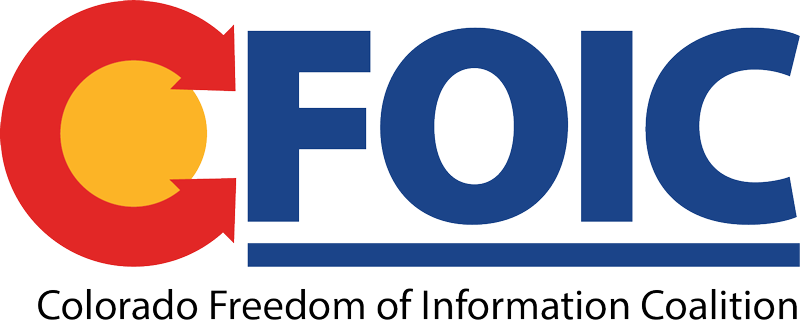The Denver Post: Social media use has exploded over the past two decades while traditional media institutions have been diminished. The same social media sites and apps that we use to share pictures with our friends and families have also become the primary news source for just under one-fifth of U.S. adults, according to a recent Pew Research Center analysis. But those social media sites and more distributed reporting often lack the robust fact-checking standards, years of editorial expertise, and layers of filters that characterize traditional media.
These days, anyone is able to post, share, and go viral, and it has become increasingly easy to pretend to be a credible news source. This, combined with the loss of institutional quality control, fact-checking, and accountability from major news organizations as those outlets decline in readership and funding, has led to a perfect storm for the rapid, unchecked spread of false information. In this changing media landscape, the burden of evaluating information is shifting from media outlets to the individual.
Visit The Denver Post for more.
